Urban agriculture, urban farming, or urban horticulture is the process of growing, processing, and distributing food in or around urban areas. It is a food production activity in many cities in both developed and developing countries, including a complex and diverse mix of fishing and forestry. Urban agriculture is also used for animal husbandry, aquaculture, beekeeping, and horticulture. It is the process of cultivating, processing, and distributing food in or around a village, town, or city. Let’s check out more information about urban farming in Japan.
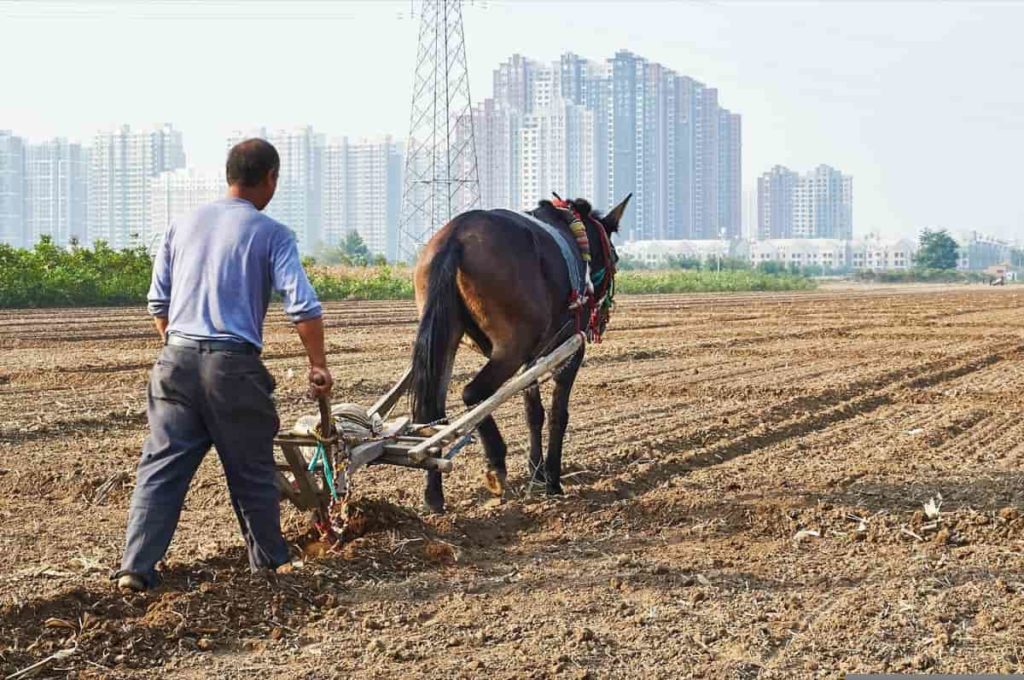
Importance of urban farming in Japan
Japan is a unique case when it comes to urban agriculture. Despite being a highly industrialized country, agricultural land use is a common feature of the urban landscape of cities across the country. Therefore, it may come as a surprise that about one-third of the country’s total agricultural production comes from urban agriculture. Similarly, urban farmers in Japan account for 25% of farming households.
Urban agriculture is twice as profitable as inter-mountainous agriculture and about 10% more than rural agriculture. Even in Tokyo, one of the largest cities globally, local agriculture produces as many vegetables as possible among the intricate network of railways, roads, buildings, and power lines. As a result, about 700,000 city dwellers could be fed.
It is an important part of the national agricultural sector and an integral part of urban space in Japan. By creating an integrated policy environment that enables cities to maximize the various environmental, social, and economic benefits, urban agriculture will contribute to the sustainability and well-being of city dwellers – the services of the local ecosystem and from increasing biodiversity to reducing urban footprints.
In case you missed it: Japanese Garden Design, Elements, Plants, History, Facts
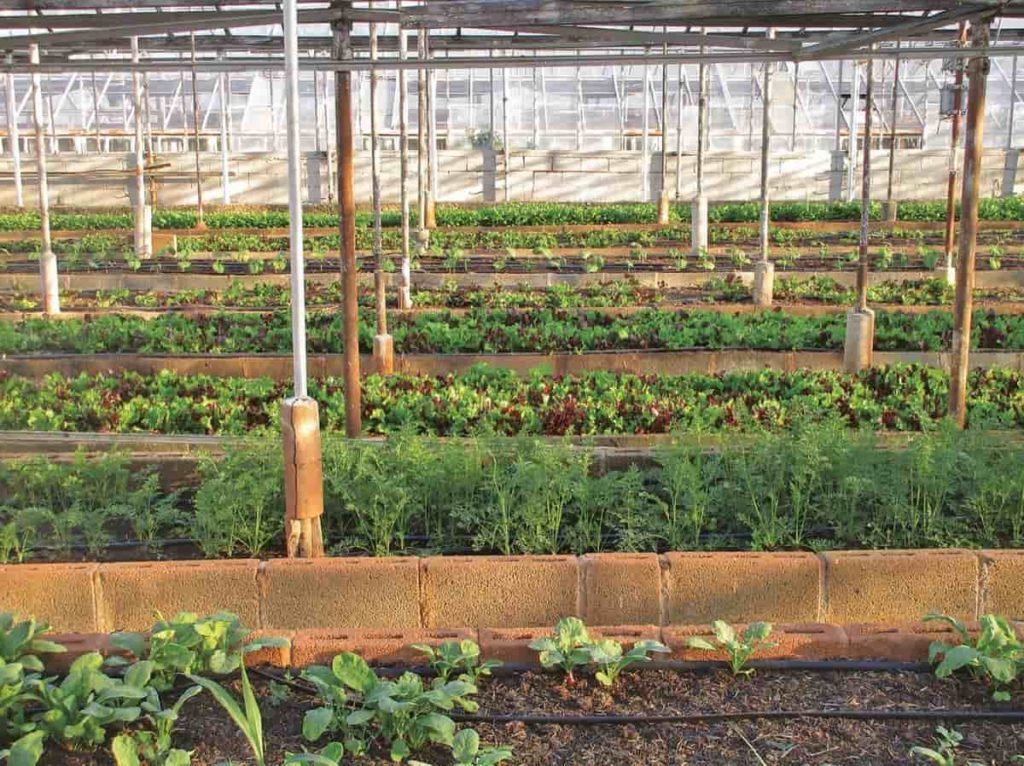
Japan has been successful in its urban agriculture; one-third of its agriculture comes from urban agriculture. It is also a relatively widespread practice, with 25% of its farming households having urban gardens. In Japan, agriculture has become urban. Many urban areas have rice paddy, small orchards, and vegetable plots. Rice paddy is distributed along the highways through parking lots and factories in many traditional agricultural areas. About five percent of Tokyo is classified as a farm, employing 13,000 families.
Benefits of urban farming in Japan
- A productive landscape: Inputs yield results with physical and environmental benefits.
- Reduce transportation costs and emissions.
- Low last price.
- Increase food availability in season.
- Relationships with the seasons and systems that sustain us.
- Educational opportunities.
- Health Benefits: Better diet with fresh food, open space for exercise, gardening as exercise, and reducing stress related to nature.
- Increased habitat for wild species.
- Increase community connection and engagement.
Reasons why urban agriculture is good
Based on the Ministry of Agriculture sector, Forestry and Fisheries, there are mainly five reasons why urban agriculture is a good practice and beneficial. These are:
- They are a source of fresh and safe products, including organic and low chemical crops, which urban consumers demand very high. Moreover, they can be prepared and eaten locally based on a trusting relationship between farmers and city dwellers.
- They allow urban dwellers to engage in agricultural activities by exchanging producers and consumers with the sale of agricultural products directly and on local farm stands.
- They also provide open space for disaster management, including fire prevention, earthquake evacuation areas, and open space for other disasters.
- They are a source of entertainment and well-being, including green space for personal leisure and spiritual comfort.
- They create education and awareness to improve citizens’ understanding of agriculture and food issues.
Goals of urban farming
- Supply of fresh produce (fork from the farm),
- Disaster buffer zone, including evacuation space,
- Through agricultural experiments and exchanges through community / rental farms etc.
- Protection of land and environment,
- Quiet green space, and
- Promotion of understanding of agriculture among urban dwellers.
Distinctive features of urban agriculture
- A source of fresh and safe products, including organic and low-chemical crops, is increasing in demand by urban consumers. Moreover, they can be prepared and consumed locally based on a trusting relationship between farmers and city dwellers.
- Opportunity for urban residents to engage in agricultural activities, both directly (e.g., allotment gardens) and through the exchange of producers and consumers with the sale of agricultural products at local farm stands.
- Open space for disaster management, including fire prevention, open space for earthquakes, and other open spaces in case of disasters. Resources for recreation and well-being, including green space for personal recreation and spiritual relaxation.
- Creating education and awareness to improve urban agriculture.
Urban agriculture can further contribute to the sustainability and well-being of cities. For example, by increasing the permeable surface area for stormwater management or cooling the air to reduce the effect of heat island (and thus, potentially energy requirements). Urban agriculture can also contribute to biodiversity and ecosystem services by managing habitat and species (e.g., increasing pollination and indigenous species).
In case you missed it: High Yield Tomato Varieties in India: A Farmer Guide for Good Profits
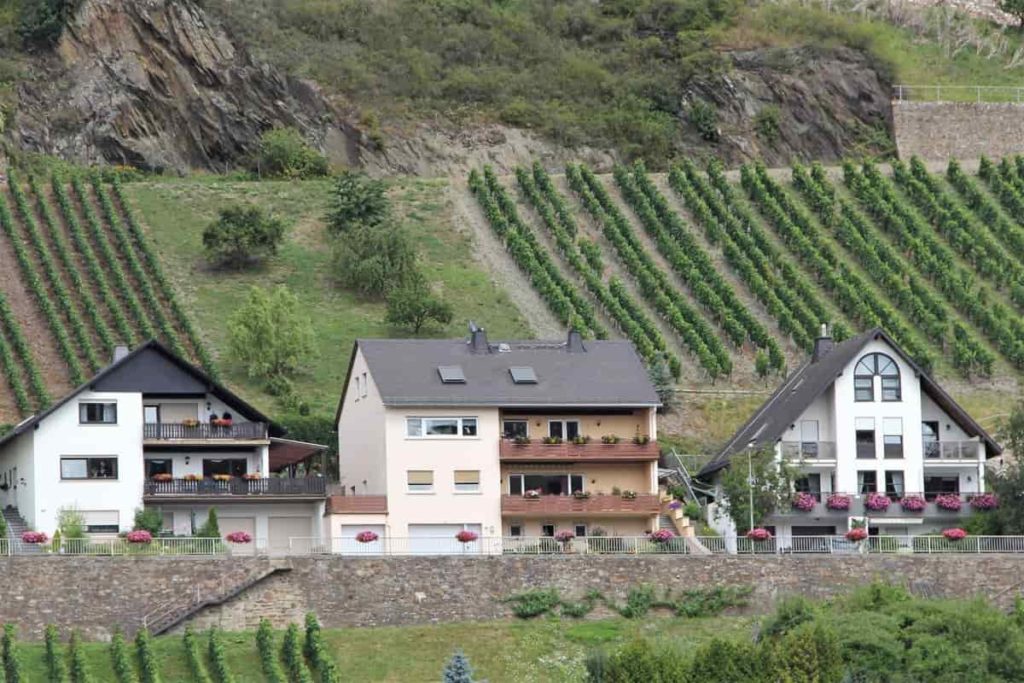
In addition, it can reduce food miles (the distance that food must be taken) and even provide bio-energy resources (such as from managed forests). Yet, despite all its real and potential benefits, agriculture in Japanese cities is at risk. In the last decade alone, the use of agricultural land has declined by more than 40% due to urbanization, although the country’s population has remained stable. The number of people engaged in agriculture in urban areas has also decreased dramatically.
How to start an urban farm in Japan
Find training – Starting a farm involves a lot of knowledge and skills. Finding a learning opportunity near you.
Develop a business plan – a business plan is a must for any business – but especially one with a wider, more broad focus, like an urban farm. For example, if you need to take out a loan for your citizen farm, you will need a business plan and need to grow or expand your business in the future. Writing a business plan doesn’t take much time.
Nor do you have to put your business plan on the line. There are certainly obstacles in the road, and it needs to be modified later in the plan, so do not be afraid to make it a working document.
Find the right plot of land – If you are still looking for a place to start your farm, pay close attention to your search. You will want to consider local zoning laws and how they can be applied to your urban farm. Obtaining land and permits for vegetable farms is generally easier than raising livestock in the city, but that does not mean they are far from the table.
If you’re looking for a place, check out your local utility agencies and parks and recreation departments or research existing vacancies. Consider local zoning codes and how they apply to urban farm types.
Leave no stone unturned – You can find out if space is available from places like recreation departments and utility agencies.
Examine the soil – Some urban soils have high heavy metals, such as lead or other contaminants. Be sure to test your soil and fix it accordingly.
Learn the basics of production – Research tells us that many early urban farmers struggled with crop production or animal husbandry principles when they were established.
Ensure food safety – Learn how to ensure that the crops you grow are harvested, stored, and processed in the best possible way.
Challenges for urban agriculture in Japan
The first is that the average age of the farming population is increasing, which does not guarantee how good the practice will be in the future after the old farmers have stopped. Next is the tax on used land and the cost of urban housing, which excludes potential farmers. The ultimate issue is production. Locally grown vegetables are a small market, but it is not certain that this practice will continue in demand if it becomes mainstream.
Due to the average garden size, heavy production is not an option for many urban farmers. One of the few ways to fix this is to use chemicals, which is against most farmers. Urban agriculture is a process that will likely suffer in the future if it continues like this. However, if this exercise is considered, it has the potential to create a more “green” and sustainable Japan.
In case you missed it: Top 16 Steps to Boost Raspberry Yield: How to Increase Fruit Size, Quality, and Production
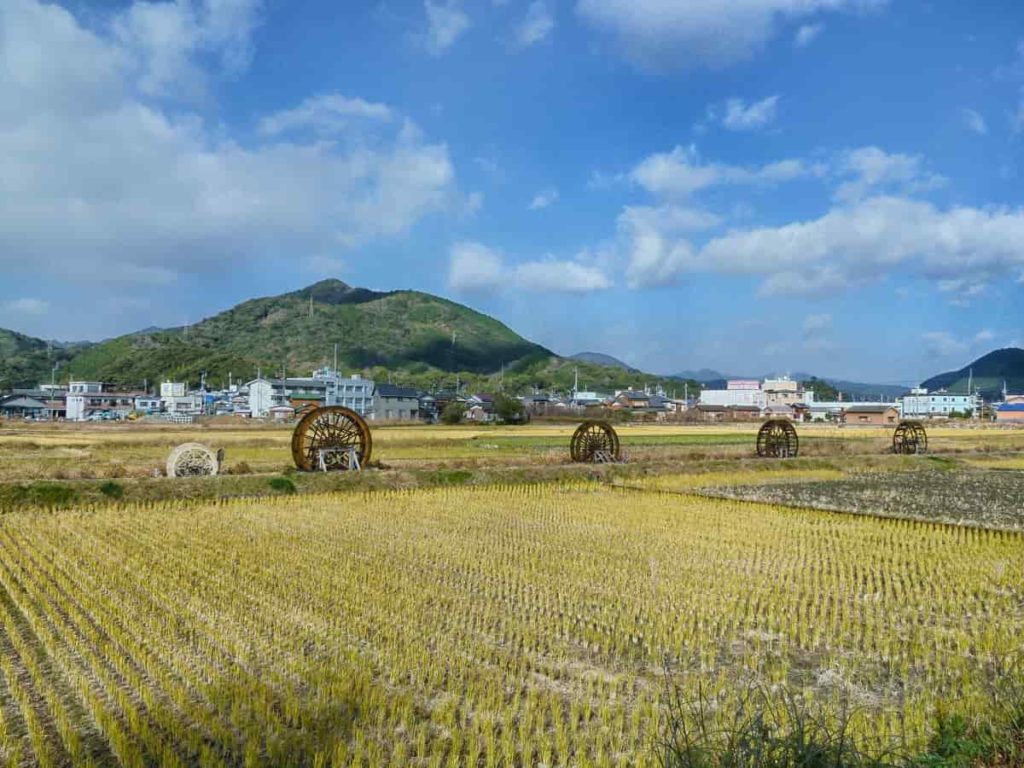
Main factors challenging urban farming in Japan
Aging of farmers
major challenges to urban agriculture also arise from the national population. The average age of most people who farm in Japanese cities, as in rural areas, is increasing rapidly. Then, there is great uncertainty about how agricultural areas will remain active in the coming decades, what production methods will be used, or what kind of land use will be transferred to agricultural farms. It could jeopardize some of urban agriculture’s existing environmental, social, and economic activities.
Tax Barriers
Maintaining productive farming in urban areas of Japan is an economic burden for landowners, who face significantly higher taxes. Under national legislation, there are special provisions for tax exemptions for active urban farmers, further complemented by cities’ incentives. Nevertheless, high urban real estate prices and the need for strict adherence to certain tax-exempt programs (such as, in some cases, a long commitment to active farming for 30 or more years) allow farmers to convert land for production or development.
Commercialization
In Japanese cities, mainstreaming the consumption of local, eco-friendly products from its specialized market remains a challenge.
Productivity shift
In Tokyo, Osaka, and Kanagawa, the number of farmers engaged in low- or chemical-free farming was significantly higher than the national average. A systemic approach integrates soil conservation, organic fertilization, environmental pest control, seed diversification, and other urban ecosystems like forests or aquatic systems are non-existent elements at the planning and management level.
For urban agriculture to play a significant role in sustainability and local well-being, it needs to be shifted towards a fully systemic, ecological approach to produce urban biodiversity and other local ecosystem services over time without compromise.
Urban farming policy under the Government of Japan
The basic policy law on the promotion of urban farming mainly defines urban farmland in Japan as an agricultural area. However, less than two percent (63,925 hectares) of Japan’s total farmland has been classified by the MAFF as “urban farmland.” Agricultural land within the UPA can be included in a protected area, called productive green space (PGS), or outside the PGS.
The national government encourages long-term protection of agricultural land in PGS through tax breaks for landowners and farmers. However, to maintain the PGS position, the land has to be maintained as a farm for at least 30 years after the initial position, and the landlords have to sell the land every ten years after fulfilling the requirements for 30 years.
Opportunities of urban farming in Japan
According to the Japanese Ministry of Agriculture, Forestry and Fisheries (MAFF), despite obstacles, there are opportunities to strengthen the role of Japanese urban agriculture and for local well-being, including governance, economic, environmental, and social aspects.
New conceptual perspectives – Recently, the idea of cities managing their local ecosystems for agricultural production has been gaining momentum. For example, the concept of continuous productive urban landscapes (CPULs) is a planning framework for enhancing local sustainability while minimizing urban impact.
In case you missed it: Earning 2 to 3 Lakhs from Mixed Farming: A Success Story of a Farmer in India
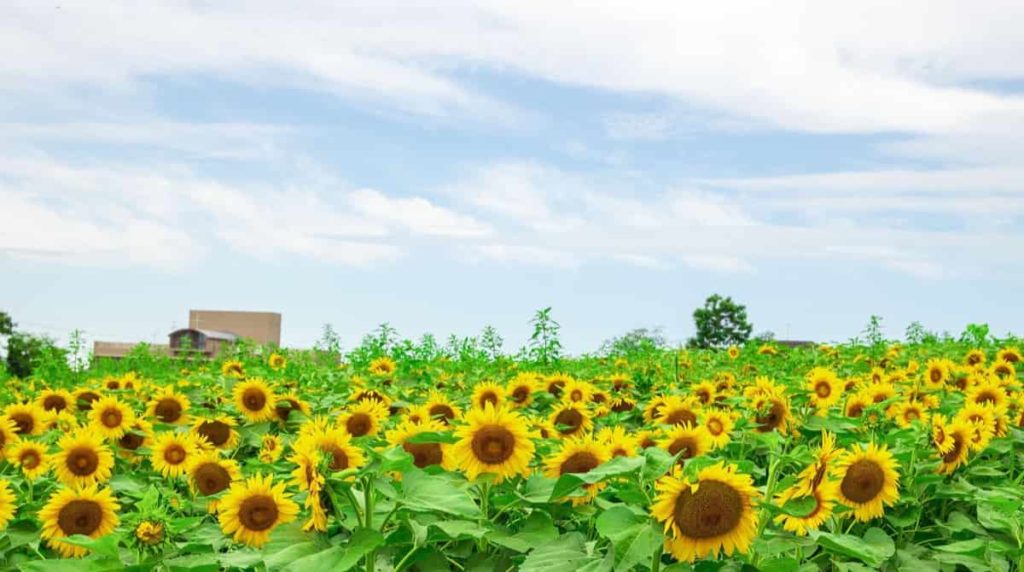
Increased interest of urban dwellers in agriculture – In recent years, the interest of urban dwellers in agriculture has increased significantly. According to a recent MAFF study, more than 85% of Tokyo residents would like to have farming in their city to secure access to fresh food and green space.
The Taiken Nouen system, through which people engage in various activities with real farmers, and the Shimin Nouen, or allotment gardens, are two of Japan’s most popular citizen engagement systems in urban agriculture. While allotment gardens in rural areas have remained constant over the last decade, it has increased by 67% in urban areas. Applications are 30% higher than the number of existing orchards nationwide.
Green economy – Urban Agriculture for sustainable consumption productive networks – In an urbanized world, cities are fundamental to achieving a green economy, a concept now at the forefront of the international sustainable development agenda. Due to its proximity to consumers, urban agriculture can more easily target urban demand than rural production, which is more affected by agricultural commodity markets.
Across Japan, there has been a sharp decline in the production and storage of traditional rice in urban areas, which is shifting to higher-value products such as vegetables and fruits. Since Japanese consumers of urban crops are mostly interested in environmentally friendly products, establishing local production networks in cities can contribute to sustainability.
Political momentum for urban regeneration and urban agriculture – Many Japanese cities, which developed rapidly under weak zoning mechanisms post-war, present a scattered mosaic of green patches between buildings and concrete infrastructure. Cities across the country are developing urban renewal policies to restore the urban landscape for a better local environment and well-being.
In case you missed it: Top 15 Steps to Boost Cherry Fruit Yield: How to Increase Fruit Size, Quality, and Production
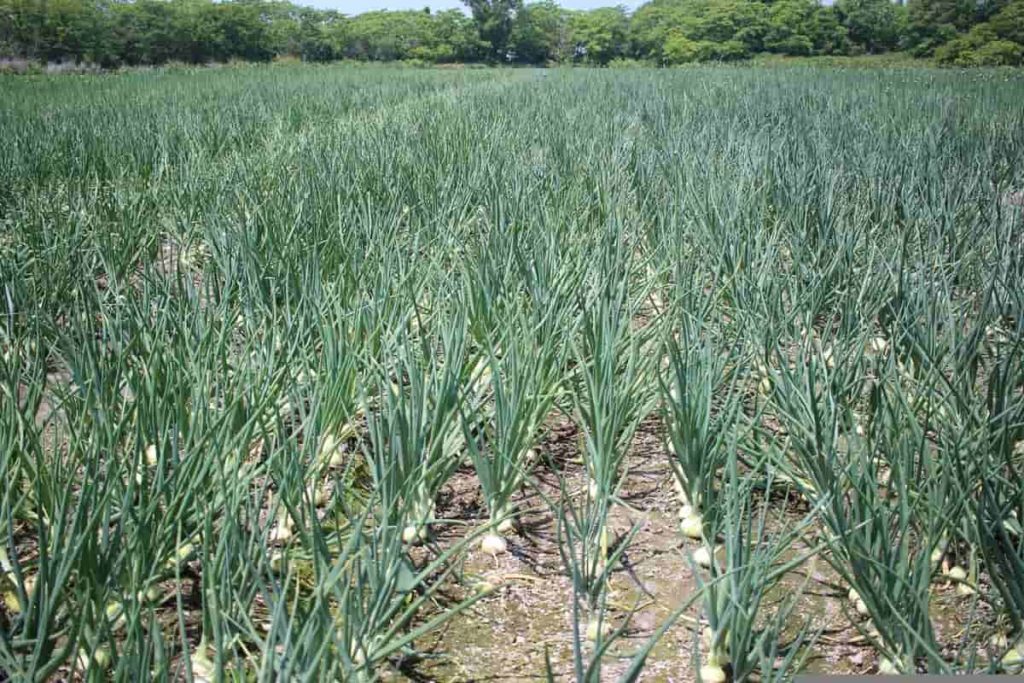
In this context, urban agriculture provides a much-needed source of greenery, especially in the highly industrialized urban areas of major cities and city centers. At the national level, the importance of Japan’s national urban agriculture environmental strategy has recently been recognized.
Green Innovation – In a technologically advanced country like Japan, urban agriculture provides a fertile ground for green innovation. New forms of urban farming are emerging from rooftop gardens to engage urban dwellers in agriculture, to green curtains using edible varieties to insulate public buildings, and to growing computer-based indoor plants.
By combining its technical capabilities with sustainable agriculture principles rooted in traditional farming and food cultures, Japan could play a key role in urban agricultural innovation, encouraging other countries to follow suit.
- Types of Pesticides Used in Agriculture: A Beginner’s Guide
- Economical Aquaculture: A Guide to Low-Budget Fish Farming
- 15 Common Planting Errors That Can Doom Your Fruit Trees
- How to Make Houseplants Bushy: Effective Tips and Ideas
- Innovative Strategies for Boosting Coconut Pollination and Yield
- Pollination Strategies for Maximum Pumpkin Yield
- The Complete Guide to Chicken Fattening: Strategies for Maximum Growth
- Natural Solutions for Tulip Problems: 100% Effective Remedies for Leaf and Bulb-Related Issues
- Revolutionizing Citrus Preservation: Towards a Healthier, Greener Future
- Natural Solutions for Peony Leaf and Flower Problems: 100% Effective Remedies
- Maximizing Profits with Avocado Contract Farming in India: A Comprehensive Guide
- Natural Solutions for Hydrangea Problems: 100% Effective Remedies for Leaf and Flowers
- The Ultimate Guide to Choosing the Perfect Foliage Friend: Bringing Life Indoors
- From Sunlight to Sustainability: 15 Ways to Use Solar Technology in Agriculture
- The Ultimate Guide to Dong Tao Chicken: Exploring from History to Raising
- The Eco-Friendly Makeover: How to Convert Your Unused Swimming Pool into a Fish Pond
- Mastering the Art of Delaware Chicken Farming: Essentials for Healthy Backyard Flocks
- 20 Best Homemade Fertilizers for Money Plant: DIY Recipes and Application Methods
- How to Craft a Comprehensive Free-Range Chicken Farming Business Plan
- Brighten Your Flock: Raising Easter Egger Chickens for Beauty and Bounty
- How to Optimize Your Poultry Egg Farm Business Plan with These Strategies
- Subsidy for Spirulina Cultivation: How Indian Government Schemes Encouraging Spirulina Farmers
- Ultimate Guide to Raising Dominique Chickens: Breeding, Feeding, Egg-Production, and Care
- Mastering the Art of Raising Jersey Giant Chickens: Care, Feeding, and More
- Ultimate Guide to Raising Legbar Chickens: Breeding, Farming Practices, Diet, Egg-Production
- How to Raise Welsummer Chickens: A Comprehensive Guide for Beginners
- How to Protect Indoor Plants in Winter: A Comprehensive Guide
- Ultimate Guide to Grow Bag Gardening: Tips, Tricks, and Planting Ideas for Urban Gardeners
- Guide to Lotus Cultivation: How to Propagate, Plant, Grow, Care, Cost, and Profit
- Agriculture Drone Subsidy Scheme: Government Kisan Subsidy, License, and How to Apply Online
- Ultimate Guide to Raising Araucana Chickens: Breed Profile, Farming Economics, Diet, and Care
- Bringing Hydroponics to Classroom: Importance, Benefits of Learning for School Students
- Ultimate Guide to Raising Polish Chickens: Breed Profile, Farming Economics, Diet, and Care
- Ultimate Guide to Raising Australorp Chickens: Profile, Farming Economics, Egg Production, Diet, and Care
- Silkie Chicken Farming: Raising Practices, Varieties, Egg Production, Diet, and Care
- Sussex Chicken Farming: Raising Practices, Varieties, Egg Production, Diet and Care